Game development is complicated. You think things are going well and then suddenly, you run into issues that set you back by weeks! That's one of the dangers you have to face when you delve down into the dark development rabbit hole. It's not all dark and dreary though, there are pockets of light down here. Like when you take a moment for your eyes to adjust and rethink the way you need to do things, then find an even better way than you had before! That's pretty much what the development of Pity Please! has been like since our first Devlog.
Developing The Different Systems
Here are a few of the game's systems that we have developed so far, and now we are going to be putting them all together and testing them for the first time.
Note that the following are just systems tests and their functionality will be built upon in the future. This is also the reason behind the placeholder artwork and lack of animations. For those of you who don't recognize the logo, we're using the GODOT Engine to develop Pity Please!
Dialog System
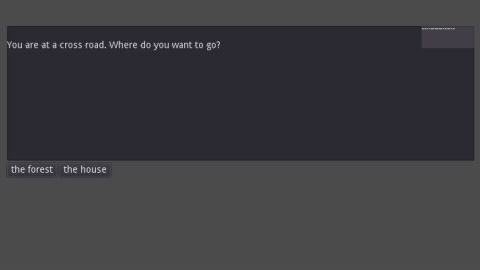
Communication is pretty crucial when fulfilling quests, so a solid dialog system will surely help! When a game is developed with multiple roles being fulfilled by multiple people and not just one person, the system handling your questing and dialogue needs to be friendly to designers who may not have the programming experience of the developer who coded it.
Dialog systems that are based on graphical connected nodes or other widgets always end up not meshing well with other systems, and requires a lot of repetition. Doing things in code offers unlimited options, but is difficult to use for designers, and can be difficult to read.
Our solution was to develop a small set of code helpers, which are easy to use for designers, but offer complete flexibility, and fit well with the other systems. Below is a example of it in use.

Inventory System
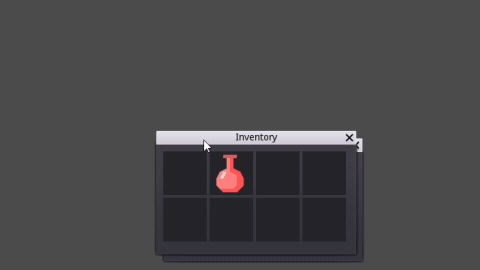
Once you get that chicken, where are you going to store it? In your inventory of course! While this UI is just placeholder, the functionality will be ever present while playing Pity Please! Dragging the Inventory window where you want it enables you to keep an eye out for the cops and not have your UI get you caught with your chicken out.
I Like To Move It Movement System
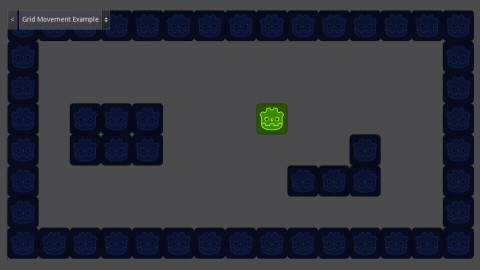
Good movement will really get you places in life. This game uses a grid based movement system, and since our movement is grid-based, collisions and interactions only occur in the current or next tile. As a result, we aren't using Godot's collisions or physics at all.
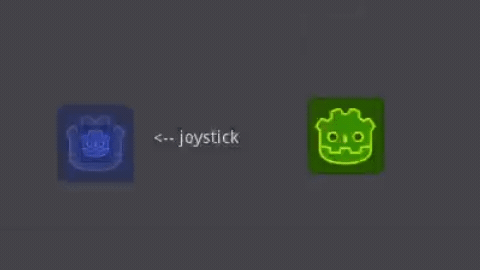
We're also going to be releasing on Android and iOS, so we needed to implement a virtual joystick to enable our mobile users to navigate the island town of Blessland.
Bringing It All Together
Finally, we hook it all up together in a scene, do a quick tweak here and there, and hit the play scene button! .... Try not look directly at all the bugs, this is a test remember? ;P
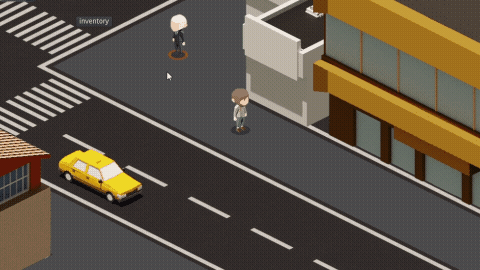
We're quite happy with how things are going so far, and very excited to start replacing all the placeholder artwork and bring the island town of Blessland to life!
Now that we're done with all the technical stuff, how about some art and concepts?
Furry Friends That Fill The Void
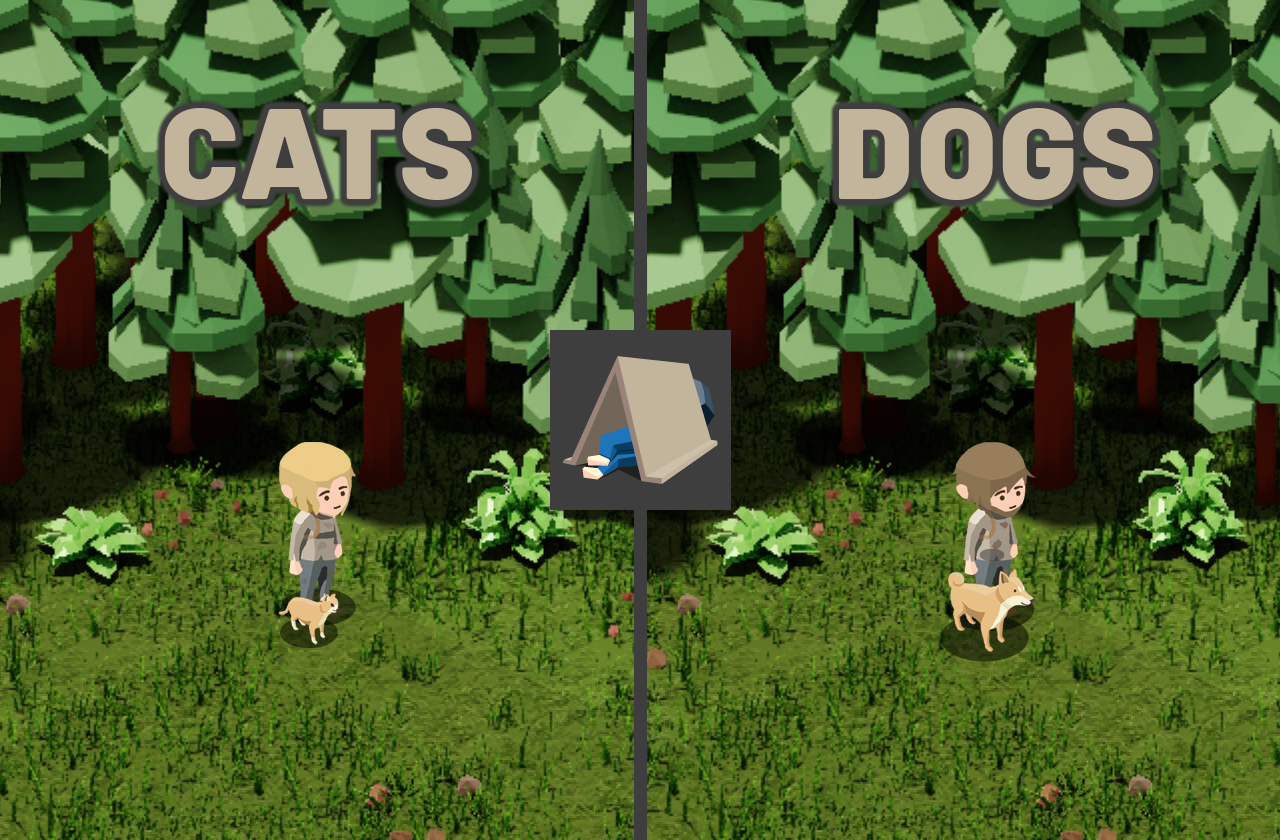
Life can get really lonely when you're homeless and sleeping under the stars. That's why having a furry friend is important to survival, so choose either a cat or a dog to keep you company as you master the homeless lifestyle.
Getting A Little Moody
![]()
Emoji are by definition a way to display different emotions. They've sort of evolved into a whole slew of other things today, but at their core they still convey emotion. Which is exactly why we've decided to use them to help you understand how characters in Pity Please! are feeling when you interact with them.
Thank You For Reading!
That's all for Pity Please! Devlog #2, thanks for taking the time to give it a read.
If you want to see more, and follow the development a little closer, be sure to follow us!
Twitter: Twitter.com
Youtube: Youtube.com
If you're already following us, then why not join our Discord?! Discord.gg



